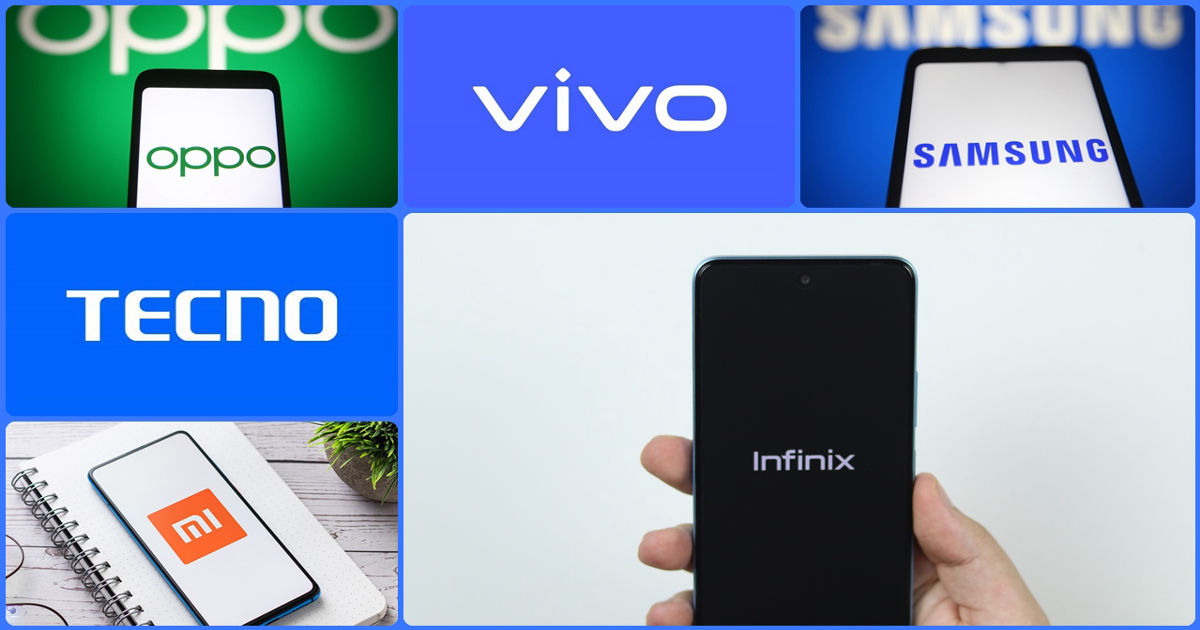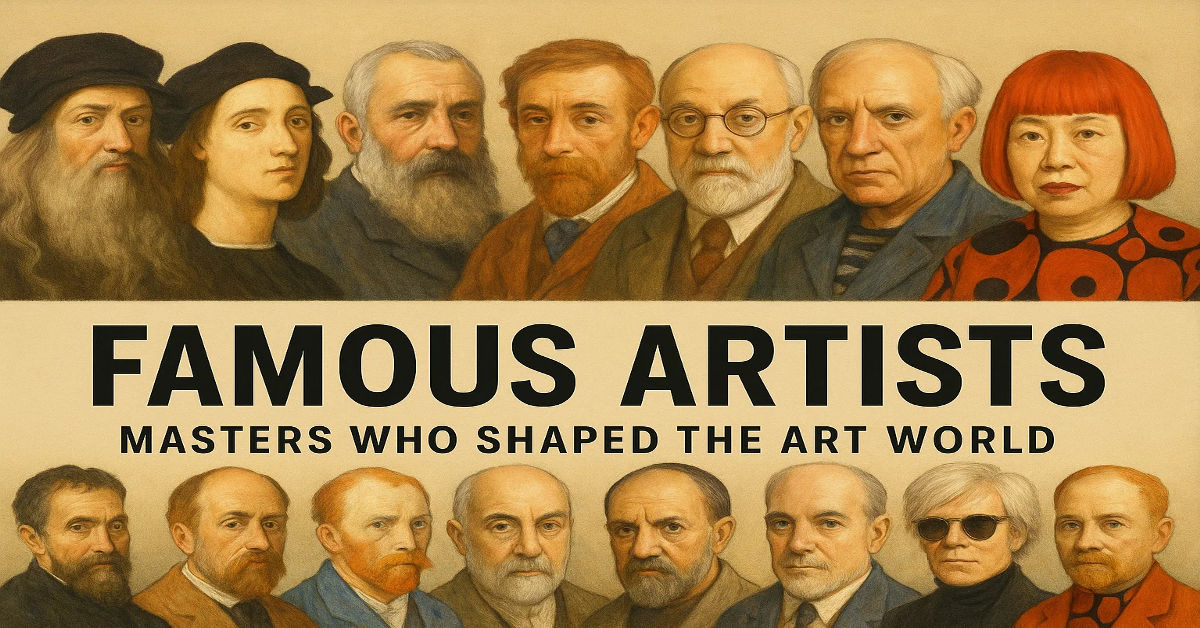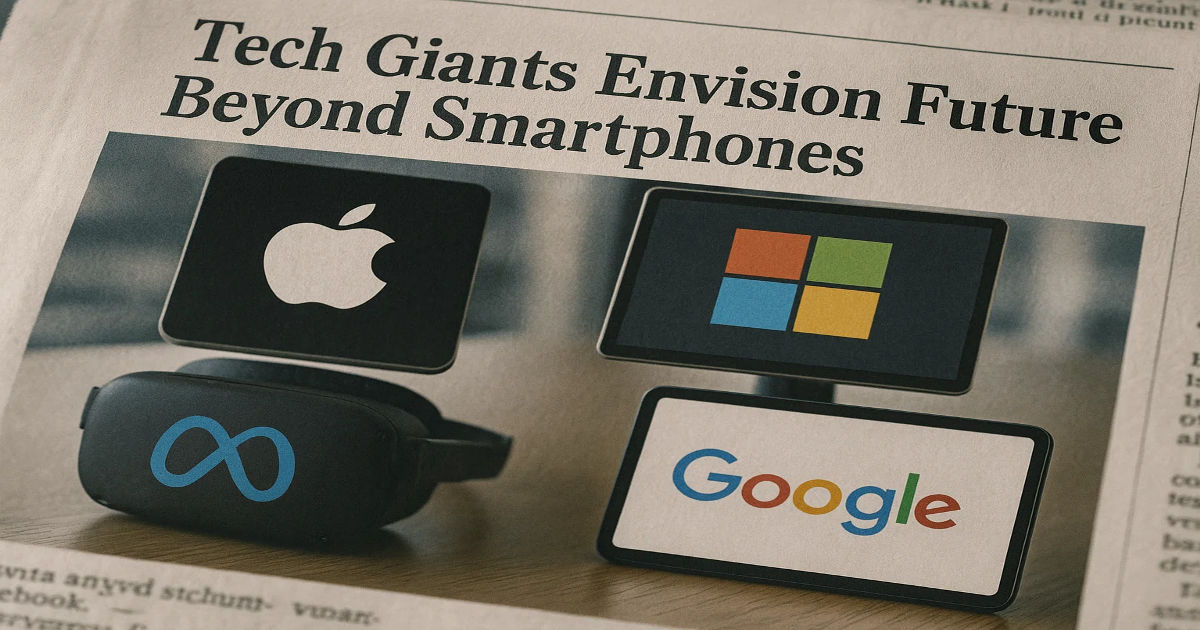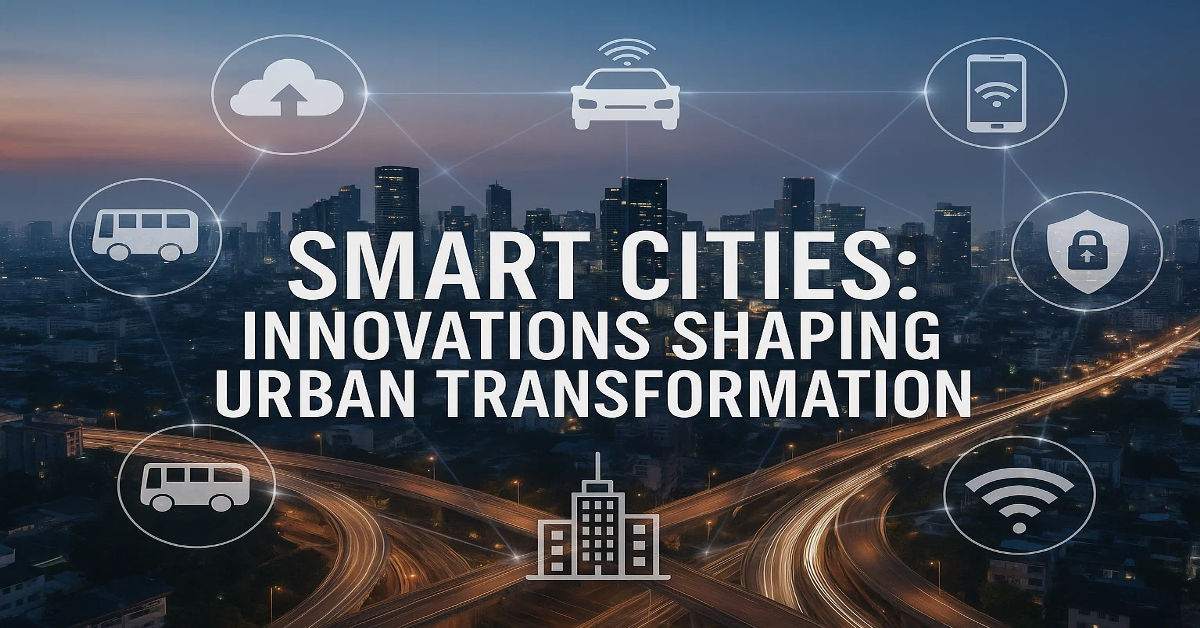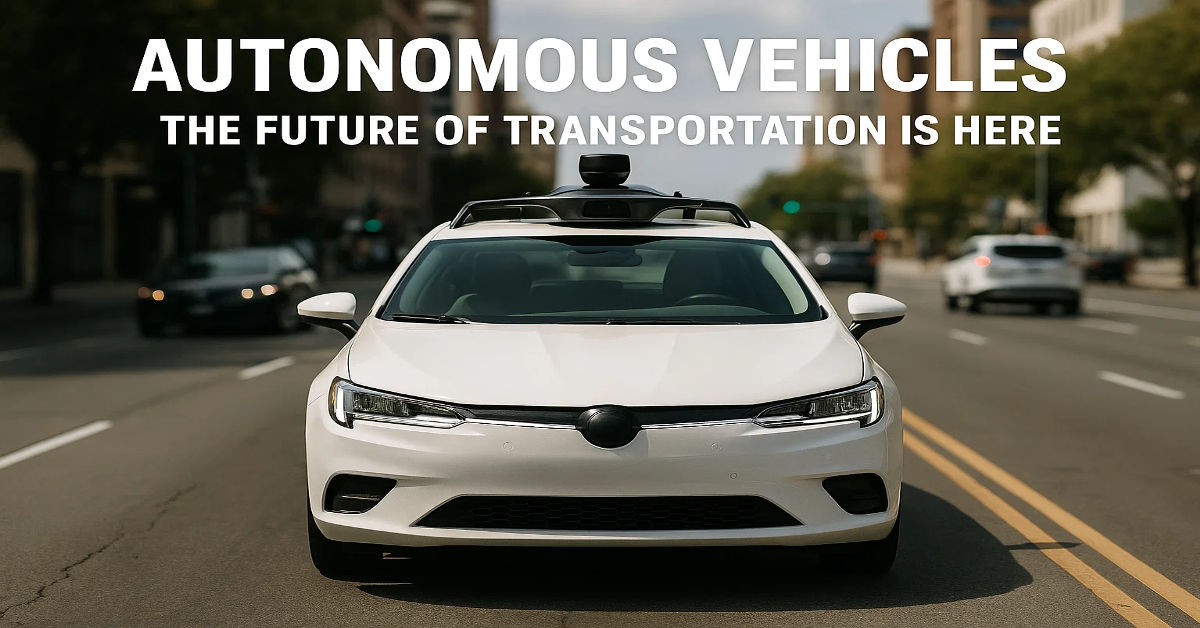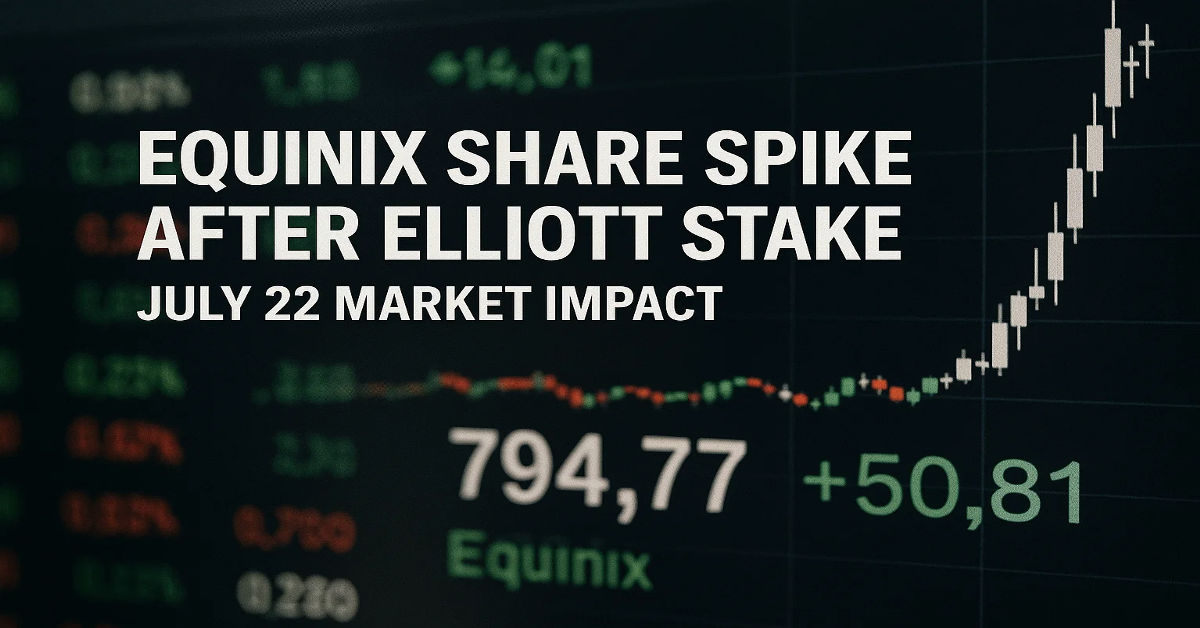
Over the past decade, social media has evolved from a communication tool to a technological juggernaut. At the forefront of this transformation is Instagram — a platform initially known for filters and food photos, now operating as a core influence in global technology trends. Today, we explore how Instagram is changing the tech industry, not just as a social app, but as a driver of innovation across AI, e-commerce, UX design, developer tools, and more.
From Filters to Foundational Technology: Instagram’s Evolution
Instagram’s journey from a simple image-sharing app to a full-fledged technological ecosystem mirrors the rapid advancement of mobile and cloud computing. With over 2 billion monthly active users, its scale enables it to act as a real-time lab for AI, machine learning (ML), and natural language processing (NLP) experiments.
These experiments are not isolated — they inform developments across Meta’s platforms and influence how other tech firms think about content recommendation, data processing, and user engagement.
Key Tech Innovations Fueled by Instagram:
- Reels AI: Competes with TikTok using machine learning to optimize video curation
- AR Filters: Pioneered wide adoption of Augmented Reality in mainstream apps
- Shop Features: Helped integrate FinTech into consumer browsing habits
- NLP Tools: Drive features like auto-captioning, comment filtering, and content classification
As such, understanding how Instagram is changing the tech field is essential for anyone working in or adjacent to the digital product space.
AI and NLP: Instagram’s Hidden Backbone
Behind every swipe and scroll lies an increasingly sophisticated web of AI and NLP technologies. Instagram’s recommendation engine now operates on a level that interprets both visual and textual cues. These advancements are not only making Instagram more addictive but also setting industry benchmarks for personalization.
How NLP is Powering Instagram:
- Sentiment Analysis: Automatically flags toxic comments or hate speech
- Hashtag Contextualization: Surfaces better search results through semantic clustering
- Caption Generation: Uses generative AI for accessibility (e.g., automatic video captions)
- DM Filtering: Separates spam from meaningful messages
These developments showcase how Instagram is changing the tech industry by creating pressure for other platforms to match or exceed its precision and personalization.
Social Commerce: The Future of Tech is Shoppable
Another domain where Instagram Website is driving massive disruption is e-commerce. Once a place to browse, it’s now a place to buy, and this evolution has rewritten the rules of online shopping.
How Instagram is Reshaping FinTech & E-Commerce:
- In-App Shopping: Eliminates the need to visit third-party websites
- Checkout with Meta Pay: Seamless payment solution without leaving the app
- Shoppable Posts & Stories: Converts attention into action instantly
- Creator Monetization Tools: Allows influencers to function like micro-retailers
This social-commerce fusion is inspiring a wave of FinTech startups and pushing traditional e-commerce platforms to rethink their UI/UX strategies. Tools that mirror Instagram’s user-friendly, visual-first design are seeing growing popularity. One standout example is SimpCity — a simplified productivity tool that’s gained traction for its clean, Instagram-like interface.
UX/UI Expectations Have Changed — Permanently
With Instagram as a trendsetter, users now expect pixel-perfect UI, snappy animations, and minimal friction in every interaction. This is changing how developers build:
- App Navigation: Bottom-tab navigation and swipe gestures are now standard
- Microinteractions: Feedback animations are expected across platforms
- Dark Mode: Once niche, now essential
- Visual Hierarchy: Instagram’s card-style layout influences modern web design
Instagram doesn’t just meet user expectations — it defines them.
Instagram’s Impact on Developer Ecosystems
Tech startups and engineering teams increasingly use Instagram’s APIs, SDKs, and best practices as templates. Whether building social features, media uploads, or content moderation systems, developers often model their tech stacks and cloud architectures around scalable systems like Instagram’s.
In fact, some startups are even designing tools explicitly for content creators and influencers who rely on Instagram Login Chrome as a primary platform. This growing developer economy highlights another layer of how Instagram is changing the tech field — it fuels not just consumer tools but technical innovation pipelines.
For readers interested in broader innovations and future-facing companies, Revo Technologies in Murray, Utah is another example of how emerging tech companies are embracing rapid, Instagram-like cycles of innovation.
Raising the Bar for Privacy and Cybersecurity
Privacy has become a competitive advantage, and Instagram is playing a pivotal role in normalizing higher standards of digital safety.
Instagram-Inspired Security Trends:
- Two-Factor Authentication (2FA): Once optional, now default
- Encrypted Messaging: Rolling out across Meta’s platforms
- User Data Controls: Expanded options for deleting activity history
- Parental Controls: Tech solutions for monitoring youth interactions online
As Instagram adopts these practices, other platforms and app developers follow suit, raising the baseline of digital trust across the industry.
The Role of Community and Cultural Influence
Instagram has also influenced the cultural perception of technology. Terms like “algorithm,” “reach,” “engagement,” and “shadowban” have entered public discourse largely due to Instagram’s cultural reach. This has affected:
- Public understanding of AI & ML
- Investor interest in social-driven apps
- Policy debates on moderation and platform responsibility
This blurring of consumer culture and tech discourse is a subtle but powerful way that Instagram continues to change the tech landscape.
Final Thoughts
Instagram’s impact on the technology landscape extends far beyond its identity as a social media platform. It has become a powerful force driving innovation in AI, machine learning, NLP, augmented reality, and e-commerce. From reshaping how algorithms personalize content to setting new standards in UX/UI design, Instagram now acts as a blueprint for digital product development.
Its integration of FinTech and creator tools is redefining how consumers interact with brands and platforms online. Moreover, its advancements in security and privacy are influencing cybersecurity protocols industry-wide. Developers, startups, and tech giants alike are building tools that echo Instagram’s user-first philosophy.
As user expectations continue to evolve, Instagram remains at the center of that change, shaping the tech industry’s trajectory. This is not just a social trend — it’s a technological transformation. For anyone involved in building digital solutions, understanding how Instagram is changing the tech field is not optional — it’s essential.
The future of innovation is being tested in real-time, and Instagram is the proving ground.
For more updates and in-depth analysis on innovations in AI, security, developer tools, and UX design, visit our Technology section.
FAQs
1. How is Instagram influencing AI and machine learning in tech?
Instagram is playing a critical role in advancing AI and machine learning by using its massive user data to train recommendation algorithms. The Reels algorithm, for instance, uses deep learning to analyze user preferences and serve hyper-personalized content. This level of AI sophistication is influencing how other platforms approach content discovery. It also sets a new standard for user engagement through automation.
2. In what ways has Instagram affected UX/UI design trends?
Instagram has raised the bar for mobile-first design, intuitive navigation, and clean visual interfaces. Developers now emulate features like swipe gestures, minimal UI, and interactive buttons to enhance user experience. The platform’s layout and animations have become a template for app development. As a result, Instagram has indirectly influenced UX/UI design across multiple industries.
3. How is Instagram shaping e-commerce and online shopping?
Instagram has transformed e-commerce by integrating shopping directly into the user experience through product tagging, in-app checkouts, and shoppable posts. It blurs the line between social browsing and purchasing, making discovery-to-checkout seamless. This model has encouraged other platforms to adopt similar commerce integrations. Businesses now build entire marketing funnels around Instagram’s shopping ecosystem.
4. What role does Instagram play in developer innovation?
Instagram indirectly inspires developers by setting technical benchmarks in scalability, speed, and functionality. From its robust APIs to its creative use of AR and video processing, Instagram provides a working model that startups emulate. Developer tools are being built with Instagram-like functionality for creators and brands. This influence has helped shape new development trends and product roadmaps.
5. How has Instagram impacted cybersecurity standards?
As Instagram continues to grow, it has taken significant steps in user safety, such as enabling two-factor authentication and encrypted DMs. These moves are pushing other apps to adopt similar privacy features. By prioritizing data protection and account security, Instagram helps elevate the cybersecurity expectations of digital users. This ripple effect improves security protocols across the industry.
6. What is Instagram’s influence on NLP and content moderation?
Instagram uses natural language processing (NLP) to identify harmful or offensive content, improving community health and safety. NLP also enables automatic captioning and spam filtering, enhancing user accessibility. These technologies are becoming essential for content moderation in the wider tech field. As a result, NLP development is being shaped by Instagram’s standards.
7. How is Instagram driving monetization for creators and tech platforms?
Instagram has built monetization tools like affiliate linking, branded content tags, and subscriptions that empower creators financially. This has led to the rise of tech platforms focused on creator economy features. Startups now develop products specifically for influencer marketing and content monetization. Instagram’s creator-first approach is transforming how revenue models work in digital tech.
8. Why is Instagram considered a blueprint for tech startups?
Tech startups often look to Instagram’s product strategy and growth playbook when designing new platforms. From onboarding flows to engagement mechanics, Instagram provides a successful case study in scaling a digital product. Its approach to iterative development and user feedback is also influential. This makes Instagram a foundational model for emerging digital tools.
9. How does Instagram influence global tech trends beyond social media?
Instagram’s reach and adoption influence trends in cloud computing, edge delivery, mobile optimization, and visual processing. Its global infrastructure sets performance benchmarks for tech companies worldwide. Even sectors like healthcare and education study Instagram’s interface for improving their digital tools. Instagram’s innovation indirectly shapes industries far outside its original domain.
10. What does the future hold for Instagram’s role in tech evolution?
Instagram will likely continue to lead in areas like AR, AI ethics, and decentralized content moderation. Its integration with emerging technologies like VR and the metaverse is already underway. As it evolves, Instagram will remain a critical driver in setting future tech standards. Companies that adapt to its innovations will be better positioned for long-term success in a competitive digital landscape.







